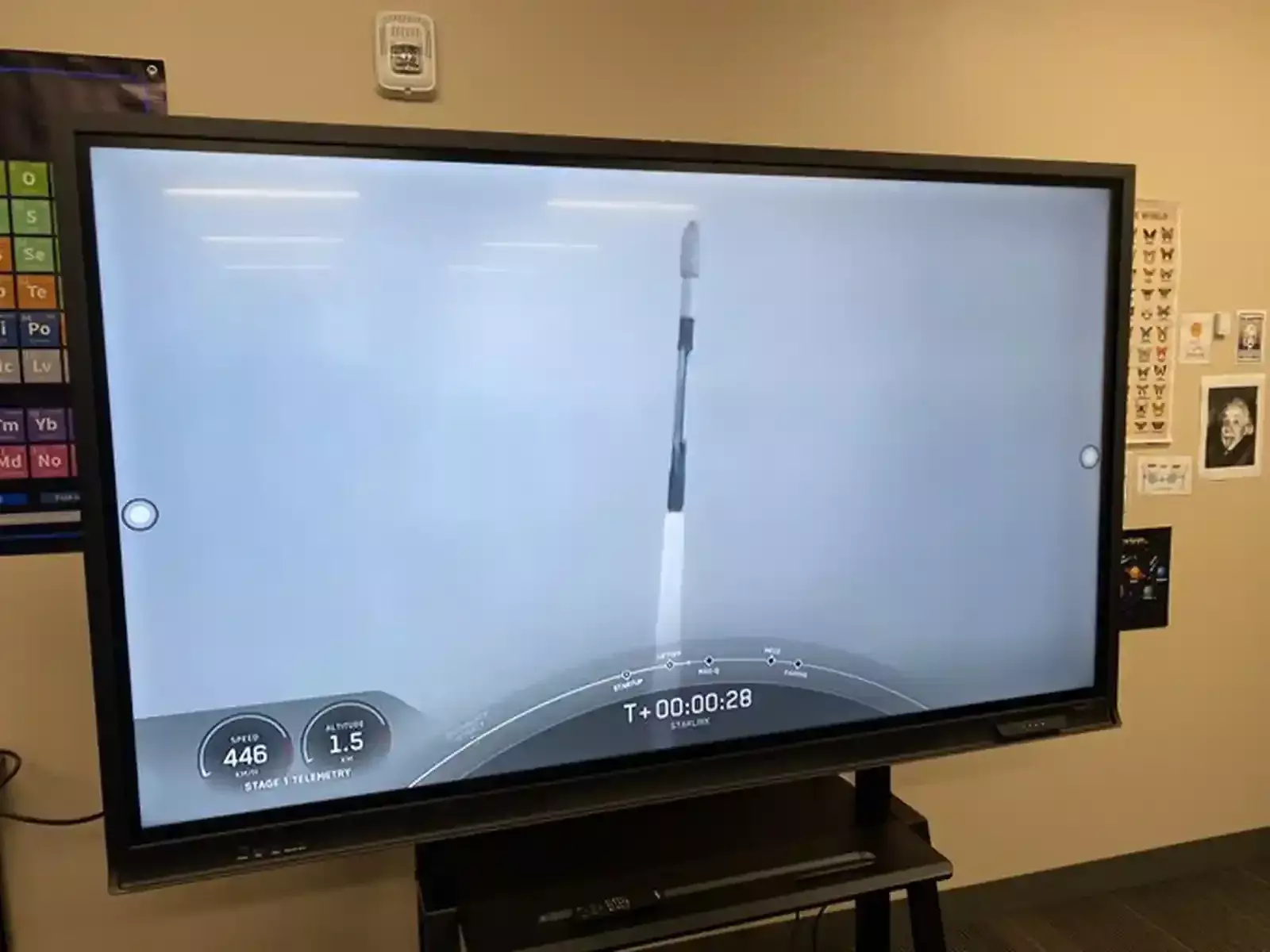21 April 2023 8:00 PM IST
Summary
- The goal was to get Starship to a maximum altitude of about 145 miles
- The two vehicles remained connected, and the stack began to tumble, ultimately exploding
- SpaceX has already sold two private around-the-moon Starship missions
A fully stacked Starship left the ground today (April 20) for the first time ever — and it came to an explosive end high in the Texas sky.
With a mighty roar, the first-ever integrated Starship rocket soared toward space on April 20) from SpaceX's seaside Starbase facility at Boca Chica Beach here on South Texas' Gulf Coast at 9:33 a.m. EDT (13:33 GMT; 8:33 a.m. local Texas time).
The 394-foot-tall (120 meters) Starship, the biggest and most powerful rocket ever built, rose off Starbase's orbital launch mount atop a pillar of flame generated by its 33 first-stage Raptor engines.But the climb didn't last long. The 165-foot-tall (50 m) Starship upper stage was supposed to separate from the Super Heavy first stage about three minutes after liftoff, but that never happened. The two vehicles remained connected, and the stack began to tumble, ultimately exploding — or experiencing a "rapid unscheduled disassembly," as SpaceX terms it — just under four minutes after launch.
But the employees gathered at SpaceX headquarters in Hawthorne, California to watch the launch let out a massive cheer at Starship's demise, celebrating the gains made on its first-ever liftoff. The giant vehicle reached a maximum altitude of about 24 miles (39 kilometers), according to the data on SpaceX's launch webcast.The goal was to get Starship to a maximum altitude of about 145 miles (233 km), then bring it barreling back into Earth's atmosphere for a trial-by-fire reentry, ending with a hard splashdown in the Pacific Ocean not far from the Hawaiian island of Kauai about 90 minutes after liftoff.
SpaceX wasn't expecting everything to work out, however; new rockets often fail on their first test flight, and Starship is far bolder and more complex than most launchers. (It has 33 first-stage engines and stands nearly 400 feet tall, after all.).
"Now this was a development test. It's a first test flight of Starship. And the goal is to gather the data and as we said, clear the pad and get ready to go again," SpaceX Principal Intergration Engineer John Insprucker said during the company's livestream. "So you never know exactly what's going to happen. But as we promised, excitement is guaranteed. And Starship gave us a rather spectacular end to what was truly an incredible test as far"
The dream: A Mars-colonizing rocketElon Musk founded SpaceX back in 2002 primarily to help humanity colonize Mars. Starship consists of a giant first-stage booster called Super Heavy and an upper stage known, somewhat confusingly, as Starship. Both of these vehicles are designed to be fully reusable, which is the key breakthrough that Musk thinks will finally bring the Red Planet within reach.
We should expect SpaceX to fly Starship again relatively soon. The company has multiple Starship vehicles in production at Starbase, and the plan is to fly them pretty much as soon as they're ready..SpaceX has already sold two private around-the-moon Starship missions as well. One was booked by Japanese billionaire Yusaku Maezawa, who will fly with a crew of eight artists and influencers. Dennis Tito, who paid his own way to the International Space Station back in 2001, will fly on the other Starship moon mission along with his wife, Akiko, and other passengers whose identities have not yet been disclosed.
Target launch dates for those two private moon missions have not yet been announced.
 Learn & Earn
Learn & Earn  Home
Home
